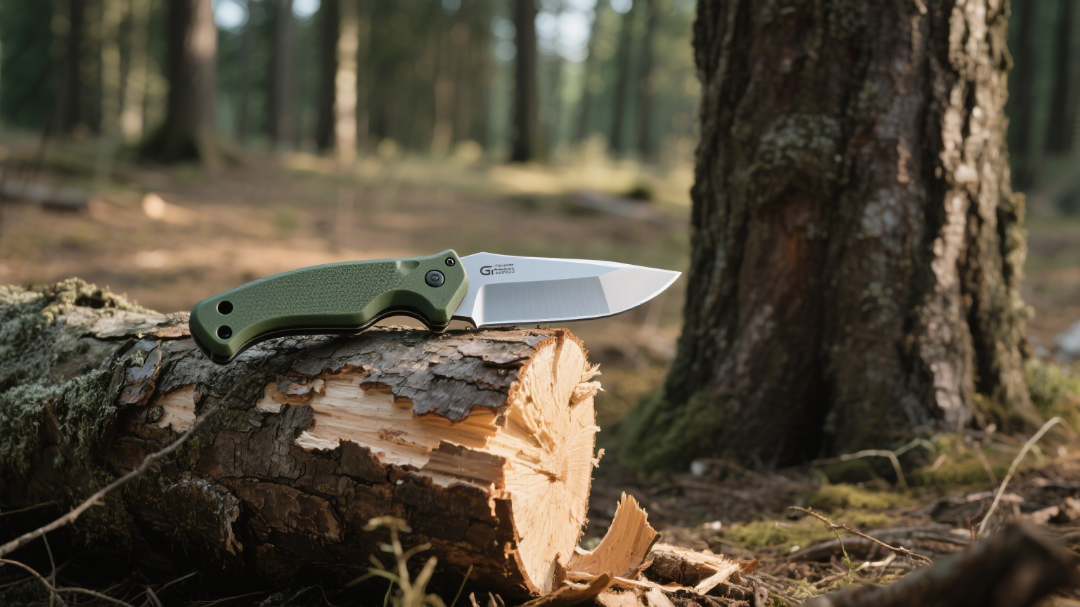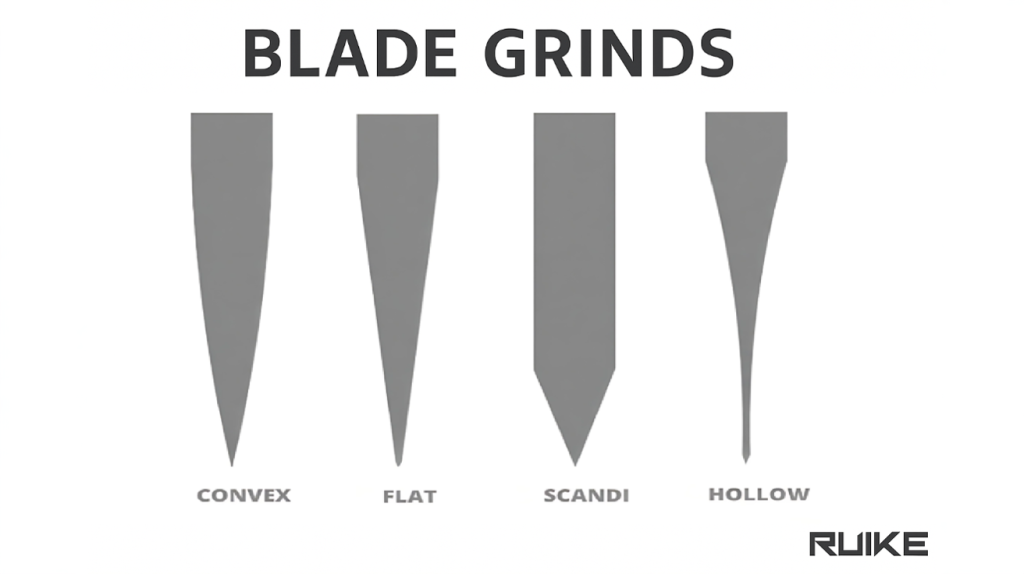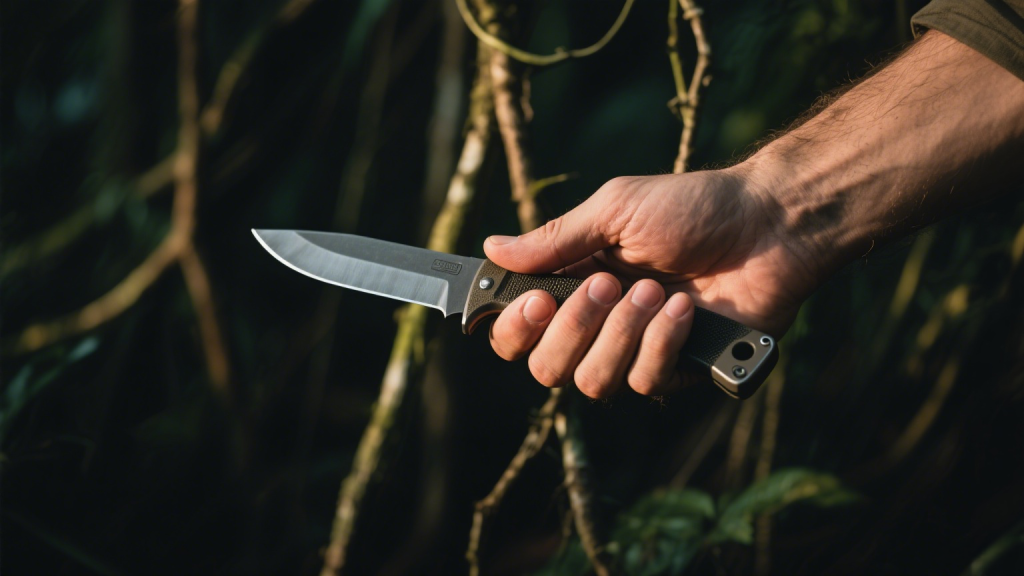
Whether you’re a beginner or an experienced outdoorsman, choosing the right bushcraft knife design can make all the difference in survival and crafting tasks. A well-crafted bushcraft knife is more than just a tool — it’s your trusted companion in the wild, helping you carve wood, prepare food, and build shelter with confidence.
In this expert guide, we’ll walk you through the key elements of bushcraft knife design, including blade shape, steel types, handle materials, and size. We’ll also share practical tips on selecting and maintaining your knife, so you’re fully prepared for the outdoors.
Bushcraft knife design focuses on creating a versatile, durable, and easy-to-maintain tool for outdoor survival. Unlike tactical or hunting knives, bushcraft knives prioritize practicality for tasks such as wood carving, food preparation, and shelter building.
The main design factors to consider are:
Understanding these elements will help you choose a knife ready for the demanding conditions of the wild.
The blade is the core of any bushcraft knife. Its shape, thickness, grind style, and steel type all affect cutting performance, durability, and ease of maintenance.
The Scandi grind stands out among bushcraft enthusiasts. Its simple flat bevel is easy to sharpen in the field and excels at woodworking tasks like feathering sticks or kindling. While other blade shapes such as drop point or clip point exist, the Scandi grind typically offers the best balance of versatility and performance for bushcraft needs.

Common steel choices include high-carbon steels and stainless steels like 14C28N.
Blade thickness usually ranges between 3.5 mm to 5 mm, providing a balance of strength and precision.
A secure, comfortable handle is vital for safety and reduces fatigue during long outdoor use. Below are popular handle materials with their pros and cons to help you make a better choice:
| Material | Advantages | Disadvantages |
|---|---|---|
| Micarta | Durable, water-resistant, great grip even wet | Can be more expensive |
| G10 | Lightweight, very tough, chemical resistant | Slightly slippery when wet |
| PA66+35%GF (reinforced nylon) | Strong, wear-resistant, low maintenance | May feel less “natural” in hand |
Look for handles with ergonomic contours, finger grooves, or textured surfaces. These design elements improve grip security and comfort, especially for detailed tasks like carving or batonning. When choosing a knife, always hold it to assess comfort — a good fit will reduce hand fatigue and improve control.

Blade lengths between 3.5 to 4.5 inches hit the sweet spot, offering enough length for various tasks without sacrificing control or portability.
The knife should feel balanced in your hand to handle both precision tasks and forceful cuts comfortably.
Many bushcraft communities and knife designers praise the Scandi grind for its sharpening ease and woodworking efficiency. Micarta and G10 handles are widely favored for durability and grip quality. Ergonomic design is crucial for comfort during extended use, and blade lengths between 3.5 to 4.5 inches are considered practical for most tasks.
Users also stress the importance of how the knife “feels” in hand — even the best specs can fall short if the handle doesn’t fit well or causes discomfort over time. Ease of maintenance and real-world performance also heavily influence satisfaction.
By understanding these fundamentals and practical tips, you can confidently select a bushcraft knife that matches your outdoor needs. Look for a Scandi grind blade for easy sharpening, pick steel suited to your environment and maintenance habits, and choose a handle material and shape that feels secure and comfortable.
Don’t just rely on specs — try different knives to see what truly fits your hand and style. A well-chosen bushcraft knife will be a reliable partner for all your wilderness tasks, making your outdoor adventures safer and more enjoyable.